Considered by many to be their favorite, as well as the most iconic superhero of all time, Batman has managed to dazzle and impress fans for 80 years! And amazingly, his coolness seems to surpass that of Superman, despite the former having no powers, and the latter being practically invincible. It’s been very difficult for writers and filmmakers to get Superman just right, especially in morally complex modern times. Batman, on the other hand, lends himself perfectly to things like moral ambiguity. But we’re not here to discuss why the Dark Knight is so much more popular than the Man of Steel. Rather, we’re here to look at how Batman (in particular his cinematic portrayals) has stayed relevant over the last eight decades by embodying the issues and challenges of the times.
Wartime Propaganda Serial (1943)
Many people overlook the Caped Crusader’s first theatrical appearance, which dates back to the era of WWII. And like all media of the time, it’s heavily influenced by pro-American and anti-Axis propaganda. Following the attack on Pearl Harbor, we see Batman and Robin going up against a ring of Japanese spies planning an attack on Gotham city. While this serial hasn’t exactly aged well (it contains a slew of ethnic slurs aimed at the Japanese), its low production value, black and white visuals, and spy thriller plot give it a compelling atmosphere of 1940’s film noir.
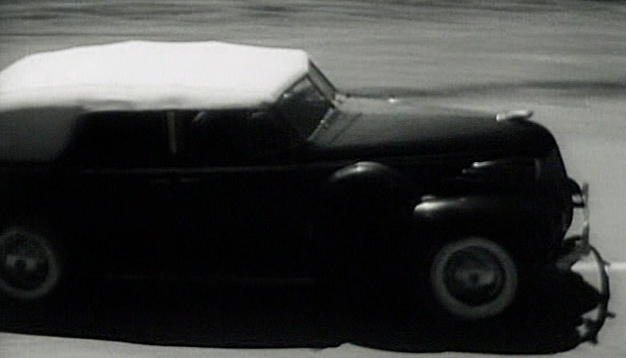
Which is a motif that Batman still emanates to this day. Matt Reeves has even stated that his upcoming film, The Batman, will feel very much like a 1940’s detective story. While Superman was out in the open, fighting Nazis on the cover of comic books, Batman was skulking about in the shadows, in a dangerous game of espionage. It was the perfect way to introduce Batman into the world of cinema!
Campy Escapism (1966-1968)
The 1960’s faced a whole new myriad of challenges. There was another war, only this one was not supported by a large portion of the nation. Between this and grisly images of war broadcast on the evening news (the first and last time this has been done), audiences wanted an escape rather than immersion into the problems of the time. So rather than send Batman into Vietnam to contend with the Viet Cong, his portrayal on the iconic TV series was one of great camp and cheesiness, but on purpose.
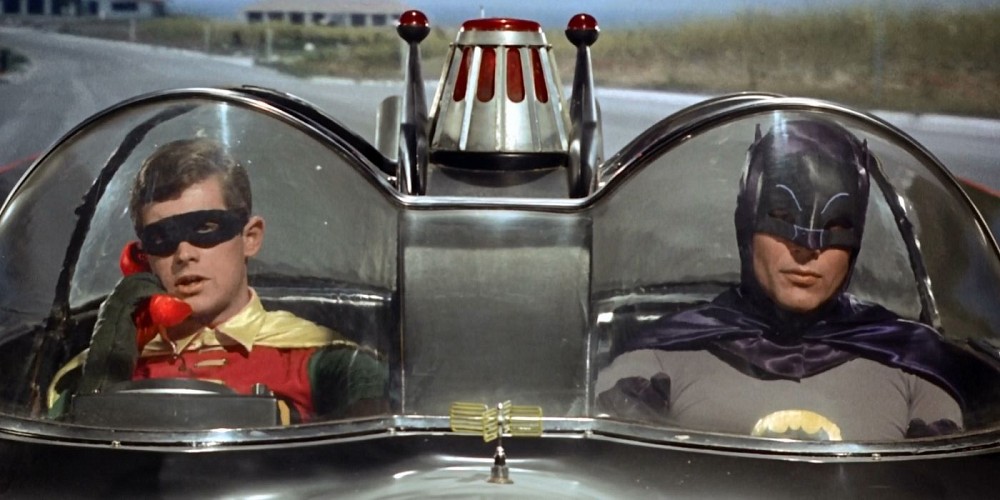
It was an era of rebelliousness and free thinking, and the idea of a man dressing up as a bat to fight crime just seemed downright silly. So, ABC played right into this. Batman was still a masked vigilante, but the colors were bright, the puns were rampant and cringe-worthy. As people saw nothing but depressing information on the news, watching Adam West fight Cesar Romero with large comic book word bubbles saying, “POW!!!” was very appealing.
Post-Modern Surrealism (1989-1992)
However, it didn’t take long for the overly campy approach to feel tacky and embarrassing. Besides, between the 1960’s series and the late 1980’s, Warner Brothers had shown that a superhero film could achieve great acclaim with Richard Donner’s Superman (as well as its less received sequels). The goal would be once again to get the character taken seriously for once. So Warner Brothers enlisted Tim Burton, who had already delivered the wonderfully dark and weird Beetlejuice. Rather than try and adapt the comics outright, Burton took the characters like Batman and the Joker, and set them in his own surreal world. He combined elements of the 1940’s film noir (the police detectives’ clothing) as well as 1980’s consumerism (the Joker’s plot to poison beauty projects), as well as infusing it with modern music trends (Prince, enough said…).
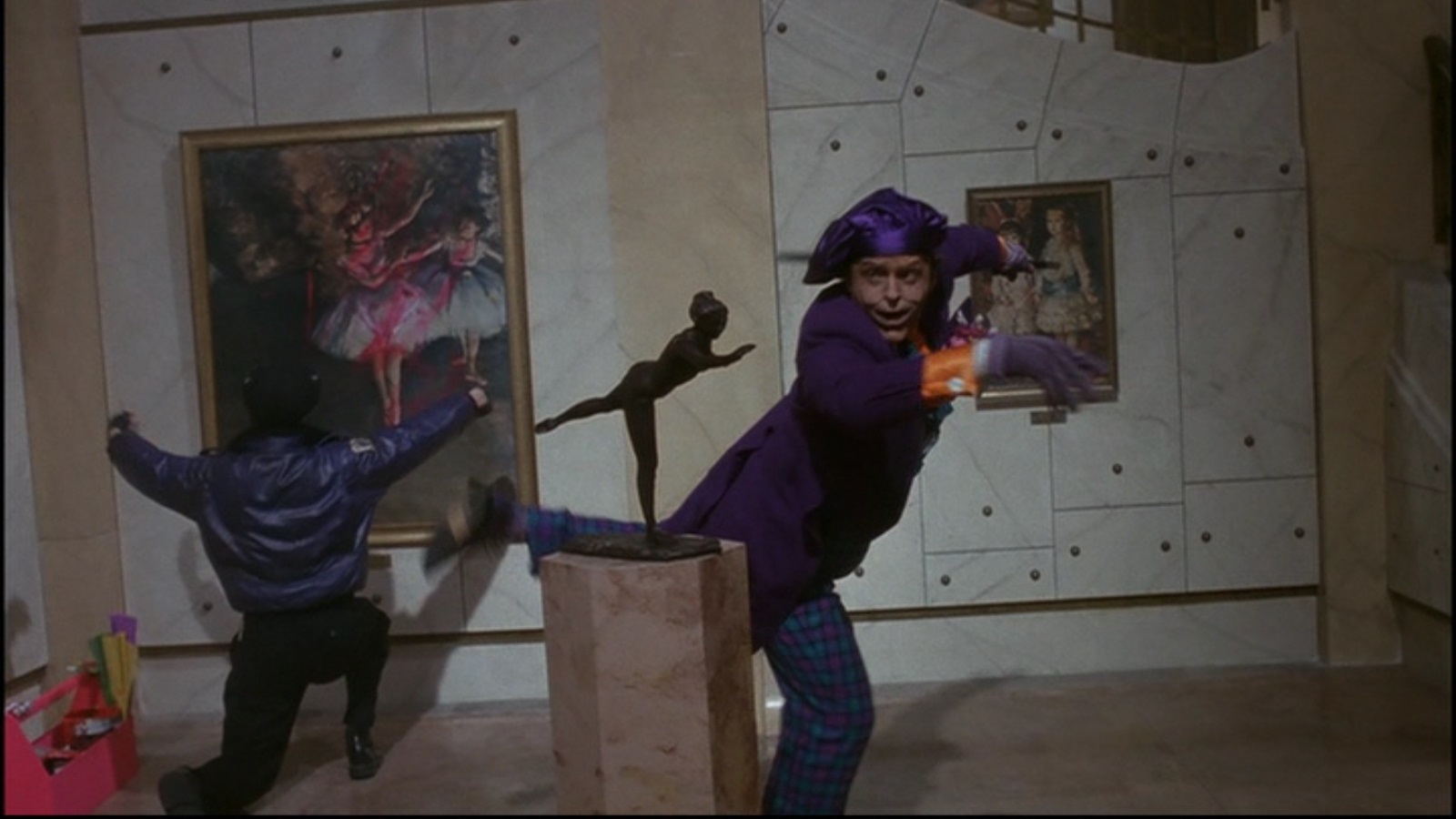
Burton’s Batman captured the darker tone and spirit of the masked vigilante, but very much set him in an exaggerated, Burton-esque world of 1980’s excess. Unfortunately for Burton however, as he got even darker and more surreal with the odd carnival and hyper-sexual themes of Batman Returns, it led Warner Brothers to take the titular hero down another path into cheesiness. The result was of course Batman Forever and Batman and Robin. Sure they had some of Burton’s signature look here and there, but they were really made to sell toys and it really shows in the production design.
A Gritty Hyper-Realistic Response to War (2005-2012)
After the laughable disaster that was Batman and Robin (which director Joel Schumacher even apologized for years later), the franchise was essentially dead in the water. But after a surge of interest in superhero films (thank you X-Men and Spider-Man) in the early 2000’s, Warner Brothers felt it was time to bring back their most popular character. Learning from their lessons of the past, they went in an entirely different direction, handing the character over to Christopher Nolan, who at the time was known for making gritty, psychological thrillers that asked deep philosophical questions. He was the perfect person to bring Batman into the 21st Century, as the post-9/11 world was one of great turmoil, anxiety and confusion. For the first time ever, Batman Begins gave us a superhero set in the “real” world. Rather than fight super-powered villains, this Batman took on political corruption, organized crime, and domestic terrorists, all in plausible, realistic manners.
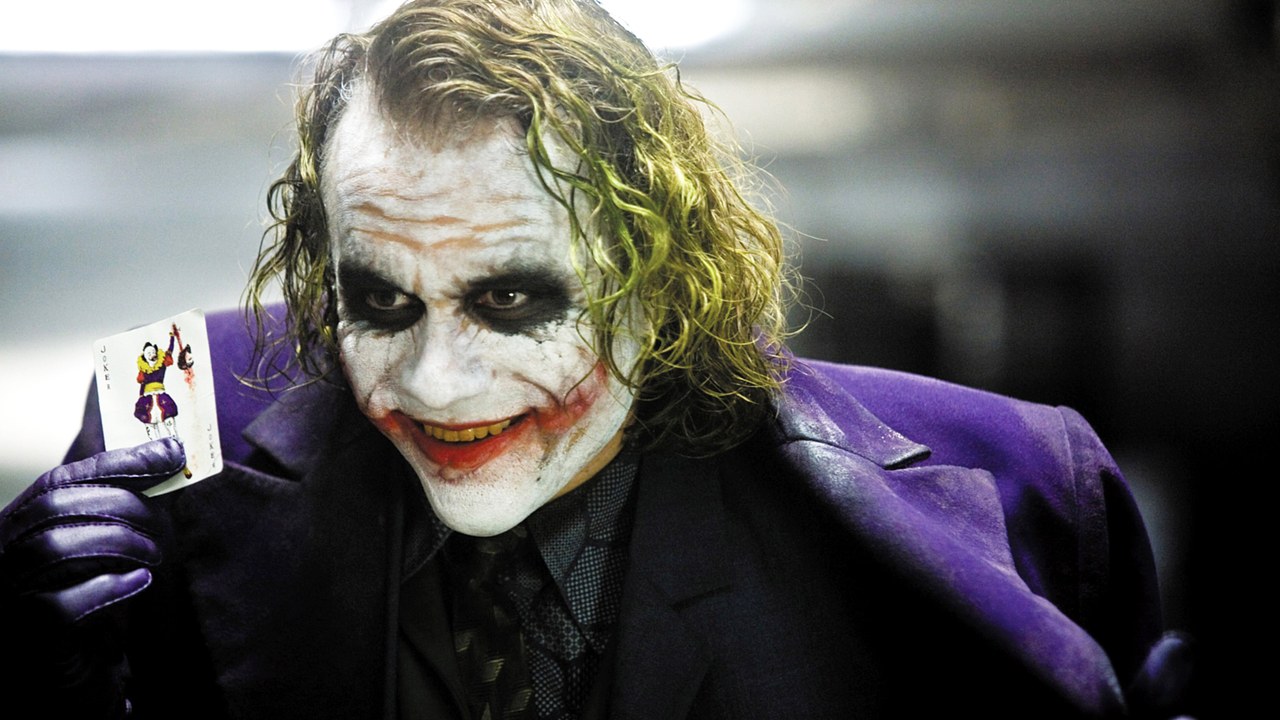
Perhaps the best representation of this idea is Nolan’s magnum opus, The Dark Knight. In a not-so-thinly-veiled allegory for the War on Terror, we see the Joker running rampant through Gotham, killing people and carrying out bombings, all in the name of spreading anarchy. His penchant for random destruction was very reminiscent of attacks from al-Queda and other terrorist groups in the mid-2000’s (they even use the word “terrorist” when describing the Joker). We then see Batman (much like the American people and government) struggle with the idea of security at the price of freedom, and just how much force is justified for the greater good. Nolan’s Dark Knight trilogy was the perfect representation of the fears and anxieties faced by society of that time.
Getting Back to its Comic Roots (2016-2017)
Finally, after nearly 80 years of waiting, we finally got a cinematic version of Batman that tried to be as close to the comics as possible. It was entirely done for the wrong reasons (merely so that this Batman could exist in a larger comic book cinematic universe to compete with the much more successful Marvel), but we can’t simply pretend that Ben Affleck wasn’t a brilliant Bruce Wayne, as well as Batman. Between his look, to his brooding, to his grittiness, he embodied the character we loved from the comics (particularly the Frank Miller version).
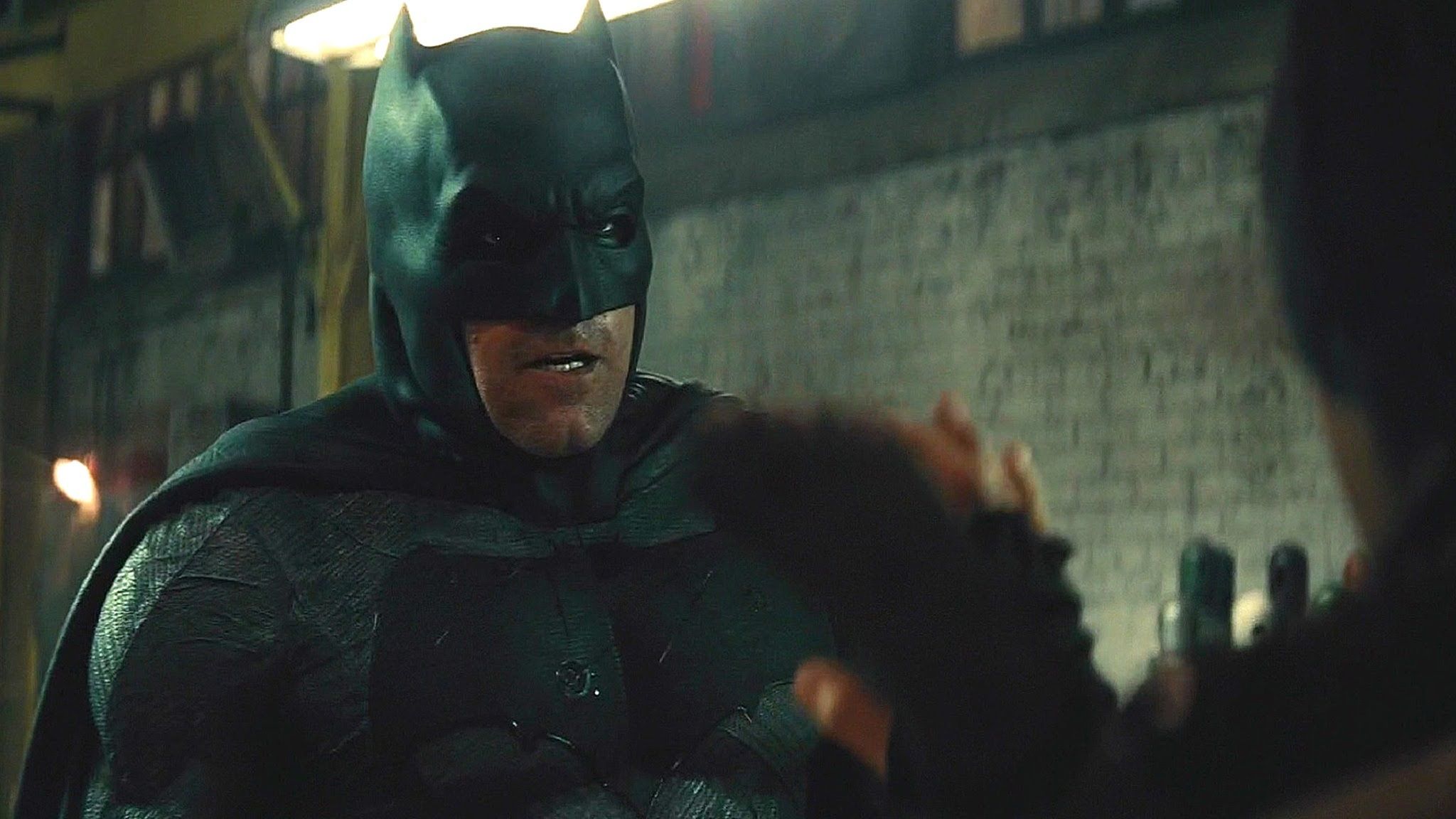
He still didn’t have superpowers, but his gadgets and tools existed on the fringe between realistic and fantasy, because he existed in a world alongside Superman, Wonder Woman, Aquaman, Flash, and Cyborg. Batman v. Superman and Justice League certainly had issues from a filmmaking perspective, but their portrayal of Batman was spot on. And it’s a great shame that Ben Affleck dropped out due to the backlash, because now we’ll never see him in Matt Reeves’ The Batman, and he would have knocked it out of the park!
Through his many cinematic iterations, we’ve seen how Batman has remained so relevant over the last 80 years. And as long as times change and his portrayals continue to reflect the current issues of the day, there’s no reason Batman can’t last another 80 years!
David Pierdomenico is a former History/English Teacher, and a current HR Professional. His dorky passion is an absolute love of film, especially horror and comic book. He is also the author of horror novels Kushtaka and Veritas.
Contact: Facebook / Twitter / Amazon Author Page




